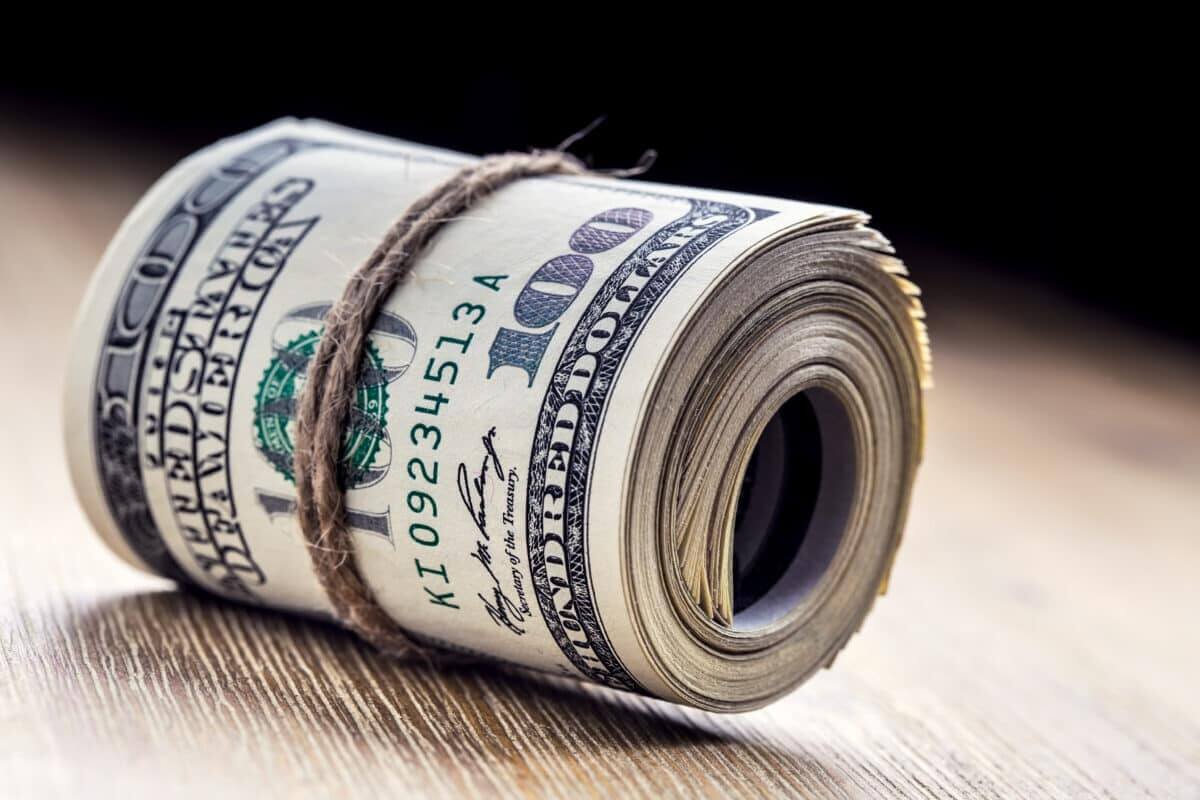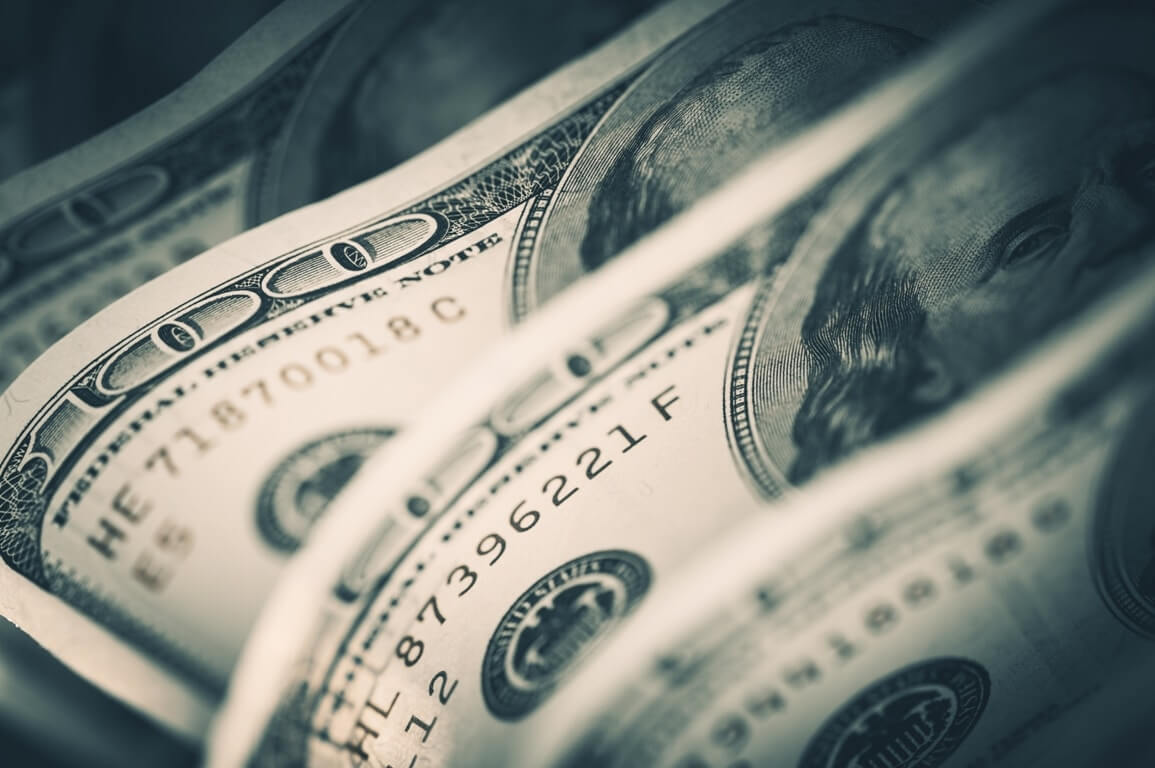
The Dollar Crash? What’s Behind the Recent Slide
The global financial landscape has been shaken by recent events, and one term on everyone’s lips is the dollar crash. After months of dominance, the US dollar is showing signs of weakness, leaving investors scrambling to understand the implications. We will delve into the factors contributing to the dollar’s decline, explore the repercussions of this shift, and discuss whether now is the right time to buy US dollars.
The Dollar’s Recent Decline
The dollar crash started gaining momentum as weak employment data moderated US Treasury yields. The Dollar Index, which measures the greenback against a basket of other currencies, traded 0.1% lower at 106.442. This marked a notable dip from its recent 11-month high.
The catalyst for this downward trajectory was the revelation that US private payrolls increased far less than expected in September, signalling a cooling labour market. As a result, doubts emerged about the Federal Reserve’s inclination to raise interest rates again this year, causing US Treasury yields to ease from their 16-year highs.
The dollar had enjoyed robust support for an extended period, buoyed by a string of strong US data. The hawkish tone from the last Federal Reserve meeting also hinted at higher interest rates in the foreseeable future. However, this sentiment is now facing a shift, as evident from the dollar’s recent stumble.
The Euro’s Gain Amid Dollar Weakness
Despite its own economic challenges, the euro made gains as the dollar experienced a slight collapse. EUR/USD rose 0.1% to 1.0509, rebounding from this week’s low of 1.0448. This surge can be attributed to the dollar’s vulnerability, but it may prove temporary given the eurozone’s weak economic outlook.
German exports, for instance, dropped 1.2% in August, falling short of expectations, mainly due to weak global demand. Eurozone retail sales also fell 1.2% in the same month. Furthermore, the final composite Purchasing Managers’ Index indicated that the eurozone economy likely contracted in the last quarter, increasing the likelihood of a recession in the year’s second half. These factors and the dollar’s struggles create an uncertain environment for currency markets.

Is It Time to Buy US Dollars?
With the best pound to dollar exchange rate today still uncertain amid the dollar’s slide, investors may be wondering whether now is the right time to buy US dollars. The answer isn’t straightforward. While the dollar’s recent dip may seem like an opportune moment, it’s important to consider the broader economic landscape.
The swing in rate advantage following the recent bond sell-off has made the dollar a challenging sell despite its current troubles. Additionally, cautious trading ahead of US payroll data creates further uncertainty. Currency markets can be highly volatile, and making informed decisions is crucial.
The recent dollar crash has raised significant questions about the future of the US dollar as a dominant global currency. Weak employment data and doubts about future interest rate hikes have declined the dollar. The euro, despite its own struggles, has managed to gain ground amid the dollar’s weakness.
For those considering whether to buy US dollars, weighing the current opportunities against the broader economic context is essential. The dollar’s recent struggles do not necessarily translate into a one-way bet for investors. Cautious trading and staying informed are key to navigating the evolving currency markets. As the global financial landscape shifts, adaptability and strategic thinking will be essential for investors and traders alike.




